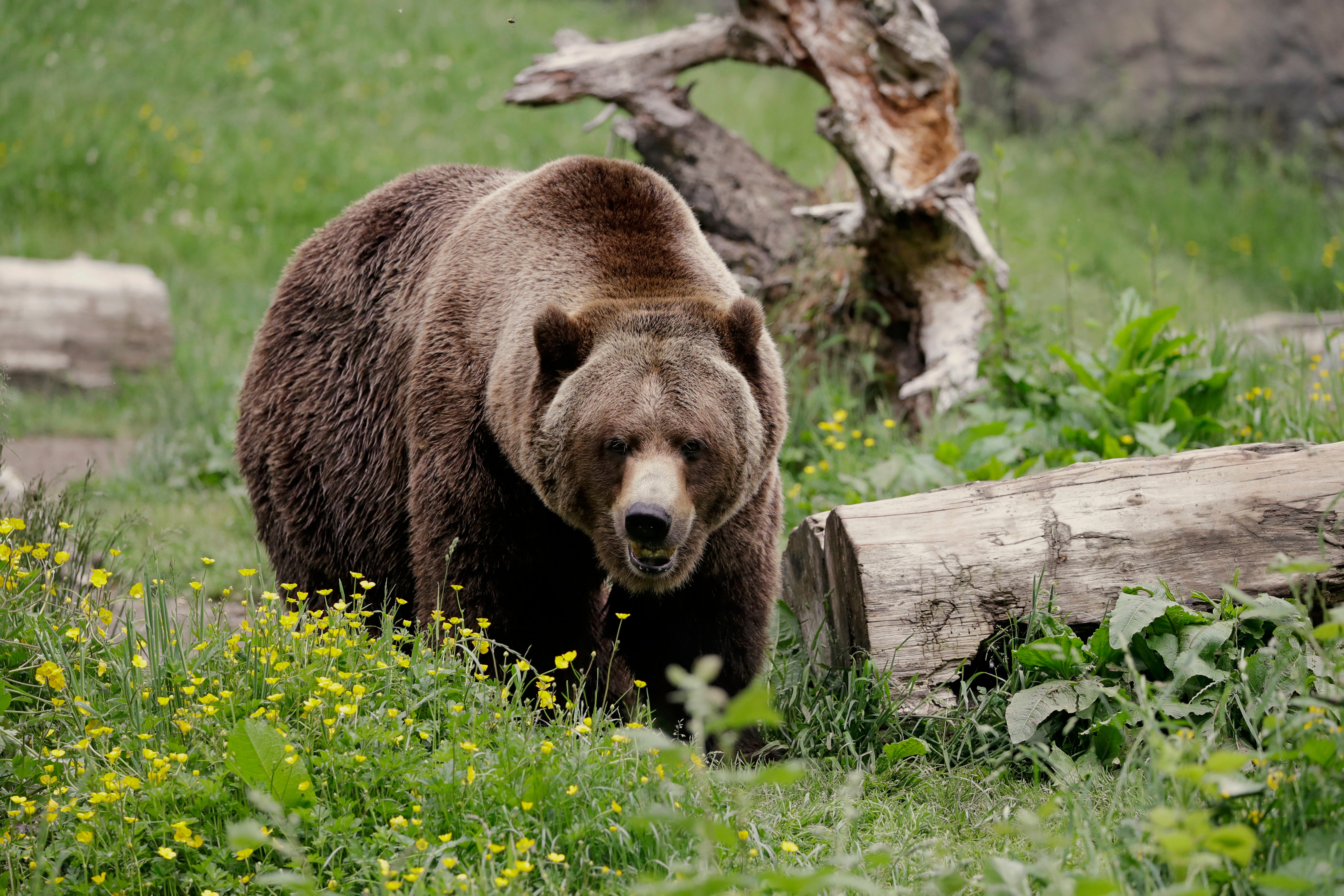Grizzly bears to be reintroduced to Washington state after years of bitter argument
The complicated process requires trapping and then moving bears by helicopter from Montana or British Columbia

Your support helps us to tell the story
From reproductive rights to climate change to Big Tech, The Independent is on the ground when the story is developing. Whether it's investigating the financials of Elon Musk's pro-Trump PAC or producing our latest documentary, 'The A Word', which shines a light on the American women fighting for reproductive rights, we know how important it is to parse out the facts from the messaging.
At such a critical moment in US history, we need reporters on the ground. Your donation allows us to keep sending journalists to speak to both sides of the story.
The Independent is trusted by Americans across the entire political spectrum. And unlike many other quality news outlets, we choose not to lock Americans out of our reporting and analysis with paywalls. We believe quality journalism should be available to everyone, paid for by those who can afford it.
Your support makes all the difference.Grizzly bears are set to be reintroduced into Washington state’s North Cascades after being absent from the region for almost three decades – with the decision being made after years of bitter debate.
The announced the decision on Thursday to restore the grizzly bear population in the North Cascades, where the animals had roamed for thousands of years until their population depleted primarily due to direct killing by humans, they said in a news release.
Although grizzly bears have not been seen in the US portion of the North Cascades since 1996, wildlife agencies say they used to be an essential part of the region’s ecosystem, distributing native plant seeds and balancing other wildlife populations. However, opponents – including local farmers – have argued the bears present a safety risk to people and will stray into lowland areas with farms and livestock.
The National Park Service and the US Fish and Wildlife Service reached a decision after years of discussions, including a culmination of an Environmental Impact Statement process that began in 2022, where they evaluated a range of options on how to restore and recover grizzly bears into the region.
The agencies said that they would relocate grizzly bears from other ecosystems where the bears have healthy populations already, such as the Rocky Mountains or interior British Columbia, and transport them to the North Cascades where they will be fitted with radio collars to monitor the animals.
Grizzly bears are considered a threatened species in the contiguous United States, with the species currently being managed in recovery zones in parts of Montana, Idaho, Wyoming and northeast Washington.

This will not be a quick process, however, as the bears will slowly be introduced into the area, moving three to seven grizzly bears per year for a period of five to 10 years in the hopes of establishing an initial population of 25 bears.
Eventually, the agencies aim to populate the region with 200 bears within 60 to 100 years.
The US portion of the North Cascades spans a huge area of roughly 9,800 square miles - larger than the state of New Jersey - with around 85 per cent of the mountainous regions under federal management.
The North Cascades expands into Canada, but the relocation will focus on the US side.
The agencies hope that restoring the bear species will increase biodiversity and restore them as key animals in the environment.
The species is also culturally significant to some Tribes and First Nations.
“We are going to once again see grizzly bears on the landscape, restoring an important thread in the fabric of the North Cascades,” Don Striker, superintendent of North Cascades National Park Service Complex said.
The re-established grizzly bear population will be known as a ‘nonessential experimental population’ under section 10(j) of the Endangered Species Act. This designation will allow authorities and land managers to be more flexible in the bears’ management. Under authorisation, people will be allowed to kill grizzly bears if they present a demonstrable and ongoing threat, with federal agencies will be allowed to relocate the bears if they pose a conflict.
In certain conditions, with authorisation from the agencies, private landowners will be allowed to kill grizzlies if their livestock is under threat.
“The final 10(j) rule is based on extensive community engagement and conversations about how the return of a grizzly bear population in the North Cascades will be actively managed to address concerns about human safety, property and livestock, and grizzly bear recovery.” Brad Thompson, State Supervisor for the US Fish & Wildlife Service said in the release.
“It provides an expanded set of management tools in recognition that grizzly bear recovery in the North Cascades is dependent on community tolerance of grizzly bears.”
While the project hopes to return the bears to where they once thrived, the agencies said that they currently do not have a set for when the grizzly bears will be set to start a new life in the North Cascades.
Join our commenting forum
Join thought-provoking conversations, follow other Independent readers and see their replies
Comments